With each new beginning, there will be rules. A classic way of doing things, and standards to adhere to. Art had its strict criteria right from the start as well. Shape, form, figure, composition, colour, right down to the brushstrokes.
 I love Art but I did not major in it as a student. However, when I was in Paris and had the chance to visit the museums there, I knew at once that if I lived there, I would breathe Art. Art lined the streets and adorned the walls, it was in the air. I would love to pass my days paintbrush to canvas, creating a world made up of dramatic light and shadows.
I love Art but I did not major in it as a student. However, when I was in Paris and had the chance to visit the museums there, I knew at once that if I lived there, I would breathe Art. Art lined the streets and adorned the walls, it was in the air. I would love to pass my days paintbrush to canvas, creating a world made up of dramatic light and shadows.


 When I returned back to Singapore, I was invited by National Gallery for a brief talk on Art, kind of like Art 101. Anything about the foundations or the beginnings, or even how things evolve always intrigues me, no matter how many times I may have heard them. There’s always something new in there that I can learn. The best part of it was that the images of the art pieces I’d seen in The Lourve and Musee d’Orsay were still so fresh in my mind that reviewing some of the pieces during the talk was exciting.
When I returned back to Singapore, I was invited by National Gallery for a brief talk on Art, kind of like Art 101. Anything about the foundations or the beginnings, or even how things evolve always intrigues me, no matter how many times I may have heard them. There’s always something new in there that I can learn. The best part of it was that the images of the art pieces I’d seen in The Lourve and Musee d’Orsay were still so fresh in my mind that reviewing some of the pieces during the talk was exciting.
 Back to the beginnings and the many popular movements of Art. Romanticism was more about the emotional aspect of things. Mystical, ephemeral, symbolic, spiritual, showing how small humanity is against a backdrop of an overwhelming landscape.
Back to the beginnings and the many popular movements of Art. Romanticism was more about the emotional aspect of things. Mystical, ephemeral, symbolic, spiritual, showing how small humanity is against a backdrop of an overwhelming landscape.
Orientalism, a shift to a fascination with this part of the world, with crazily dramatic images, and highly sexualised images of women.
Realism, another shift from historical medieval heroes to the everyday ordinary folks. Painting also took on a new form, quite like an immediate sketch on a canvas, a snapshot in a painting. It was less composed, less “perfect”, Realism took precedence.
Impressionism. I would think this was a revolution of sorts in the Art circuit. Artists were radical, forward thinking, daring to be different. They experimented with different colour representations, ignoring the old rule that colours have to be what is expected. They took their work outdoors instead of working in the studios. They challenged the old doctrines and paved the way for new Art.
Neo-Impressionism. Imagine thousands of dots of complementary colours coming together to form a picture. Up close, you see the various colours that seem to just get mixed up altogether. Take a step back and take in the colours and form, and let the eyes and brain do the rest of the work.


 You know how they say that Art is subjective. I love how it is fluid as well. Different schools of thoughts get combined and a new form emerges. As we see revolutionary art challenging old ways, we also see how old ways seeped into the new. That’s the beauty of Art, there’s no one right or wrong way, just a different expression.
You know how they say that Art is subjective. I love how it is fluid as well. Different schools of thoughts get combined and a new form emerges. As we see revolutionary art challenging old ways, we also see how old ways seeped into the new. That’s the beauty of Art, there’s no one right or wrong way, just a different expression.
The very same image painted at different hours of the day.


 One thing I really love about these Museums is the availability of audio guides. Walking through the galleries, listening to the stories of the art work, and what inspired the artist is exciting. I spent an average of 4-5 hours in each Museum, in fact, I stayed at Musee d’Orsay till it closed. They do have apps for mobiles as well, but it depleted my battery sooooo fast, so audio guides are the way to go definitely.
One thing I really love about these Museums is the availability of audio guides. Walking through the galleries, listening to the stories of the art work, and what inspired the artist is exciting. I spent an average of 4-5 hours in each Museum, in fact, I stayed at Musee d’Orsay till it closed. They do have apps for mobiles as well, but it depleted my battery sooooo fast, so audio guides are the way to go definitely.


 Artist at work. Loved this to bits!
Artist at work. Loved this to bits!
 Just so you know, this isn’t a sponsored post. I wasn’t even tasked to write when I was invited to the talk. It’s just something I love, and wanted to share. And what’s even more exhilarating is that National Gallery is collaborating with Musee d’Orsay and an exhibition is in order. Century of Light opens 16 November 2017. I’m definitely going!
Just so you know, this isn’t a sponsored post. I wasn’t even tasked to write when I was invited to the talk. It’s just something I love, and wanted to share. And what’s even more exhilarating is that National Gallery is collaborating with Musee d’Orsay and an exhibition is in order. Century of Light opens 16 November 2017. I’m definitely going!



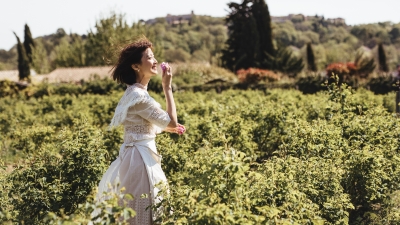

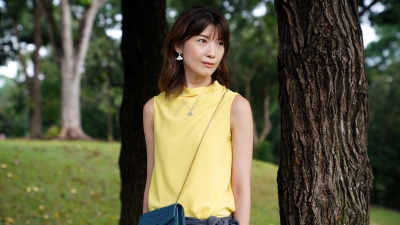





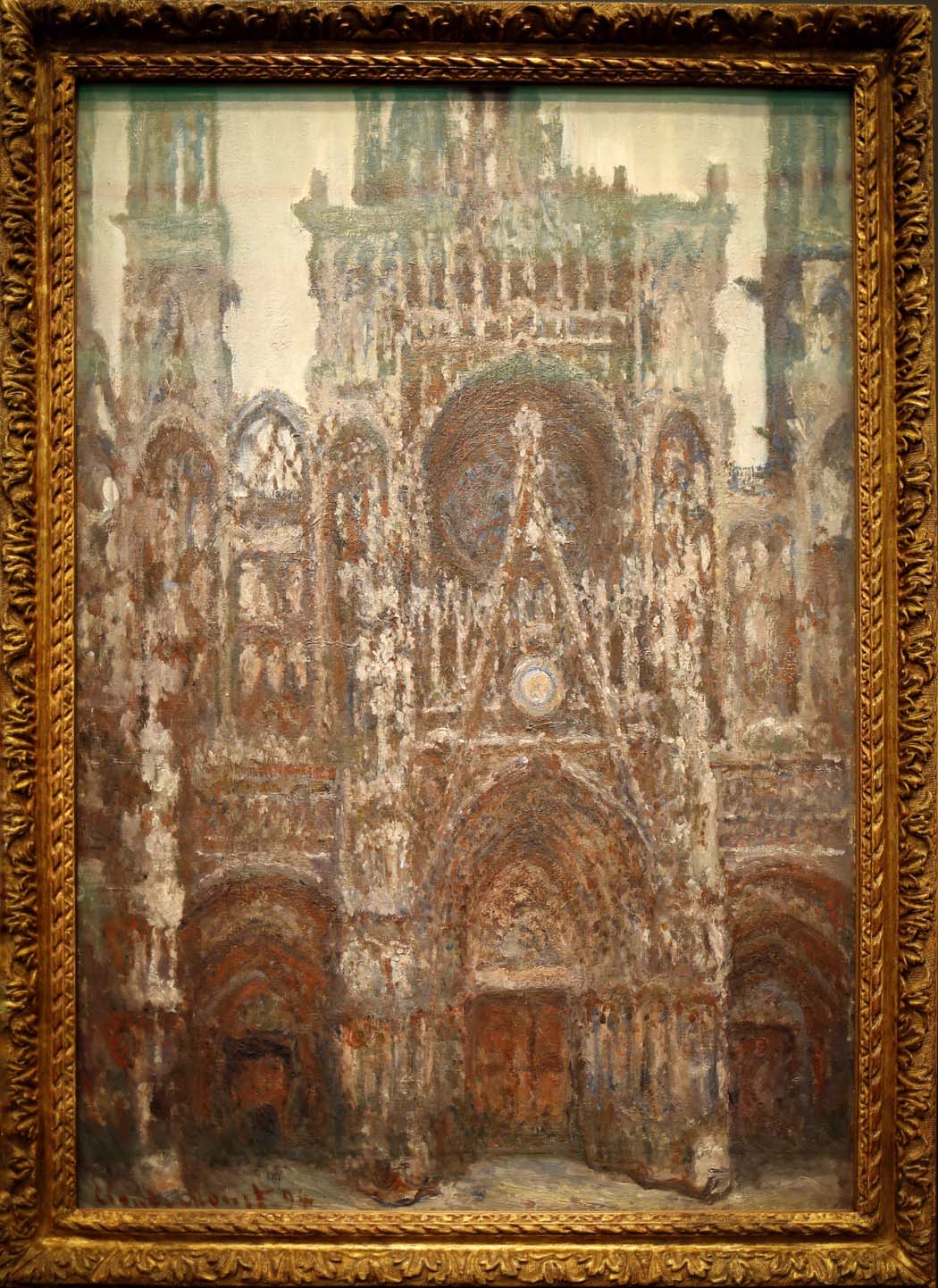

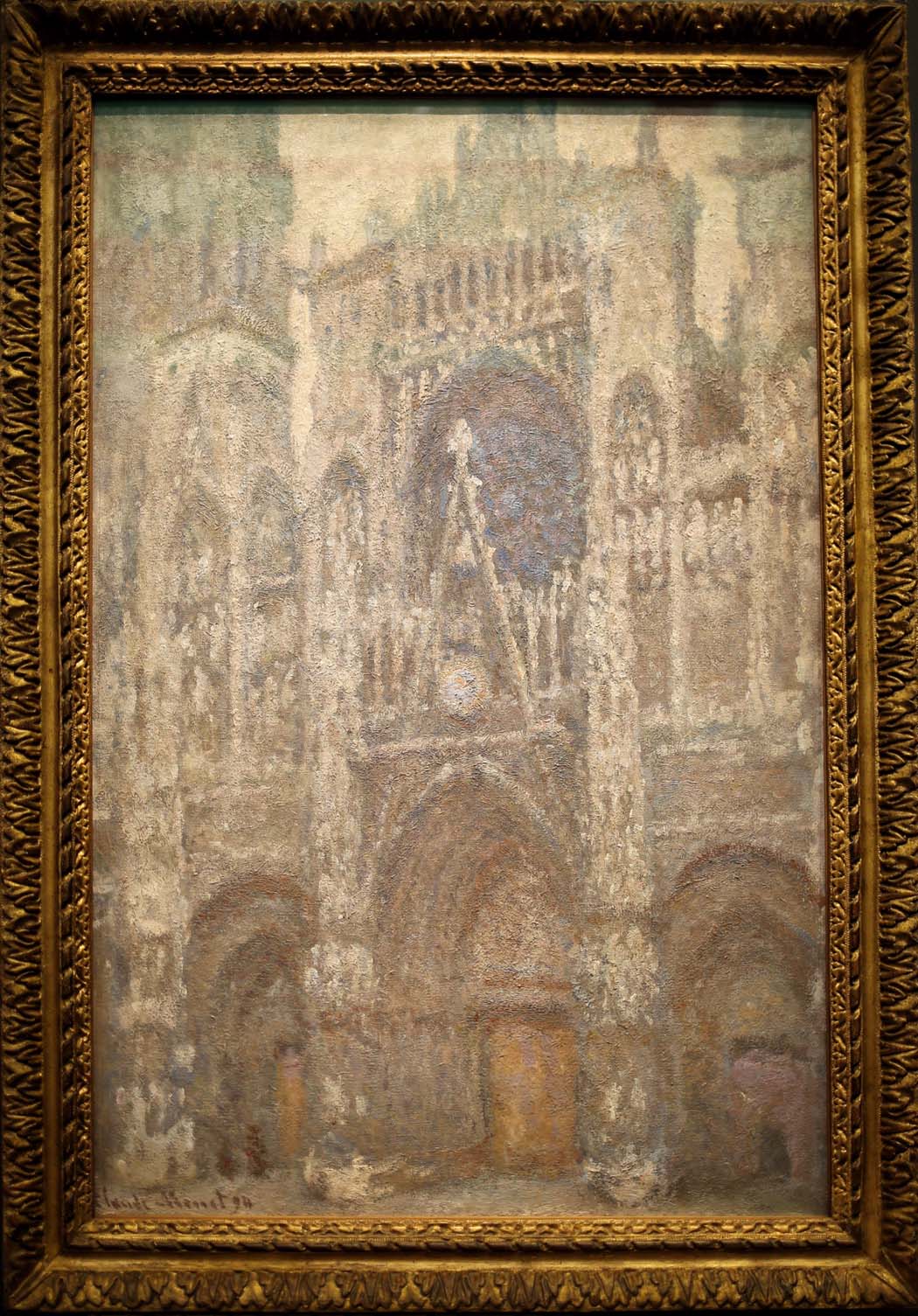

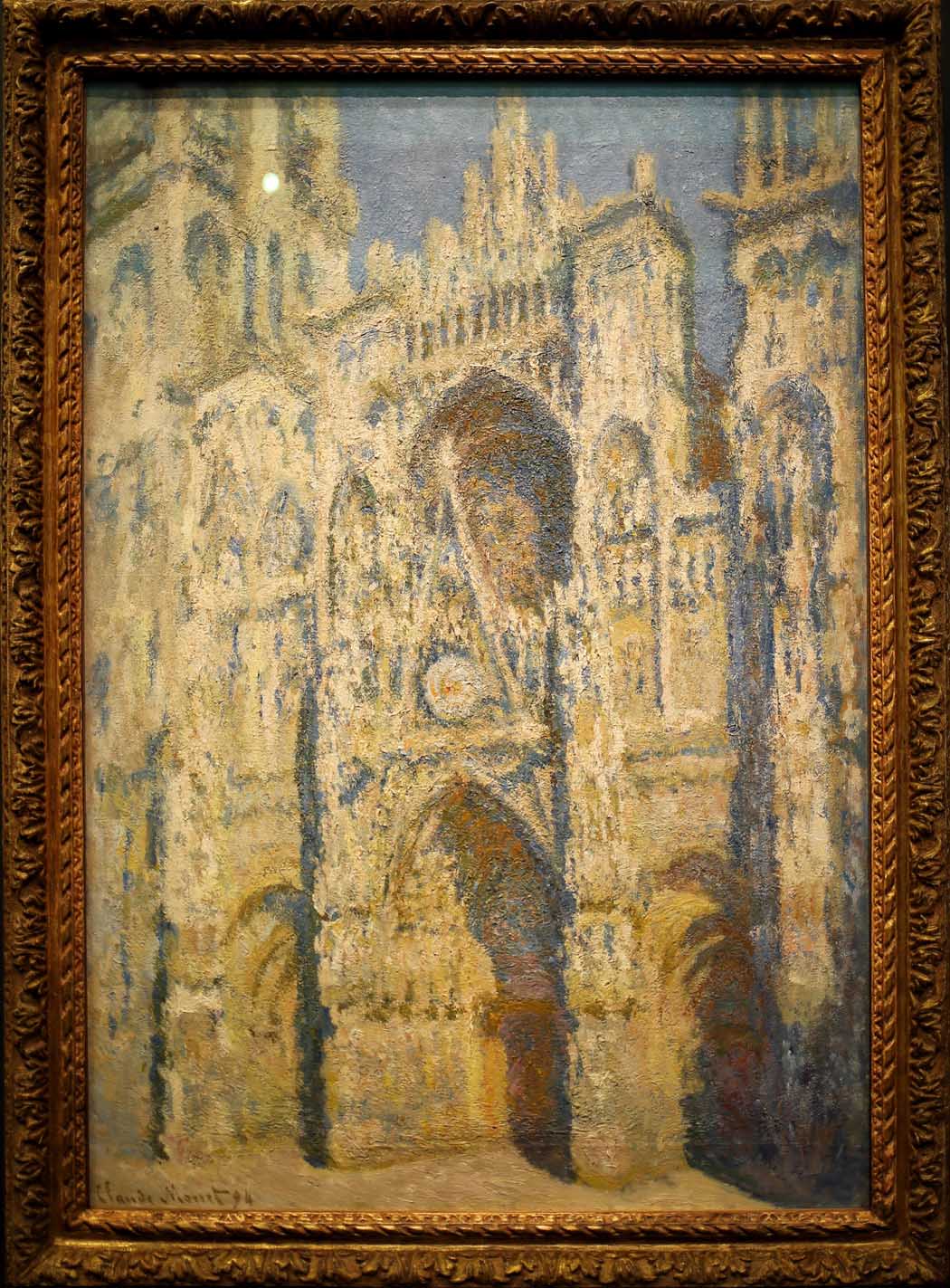






Comments